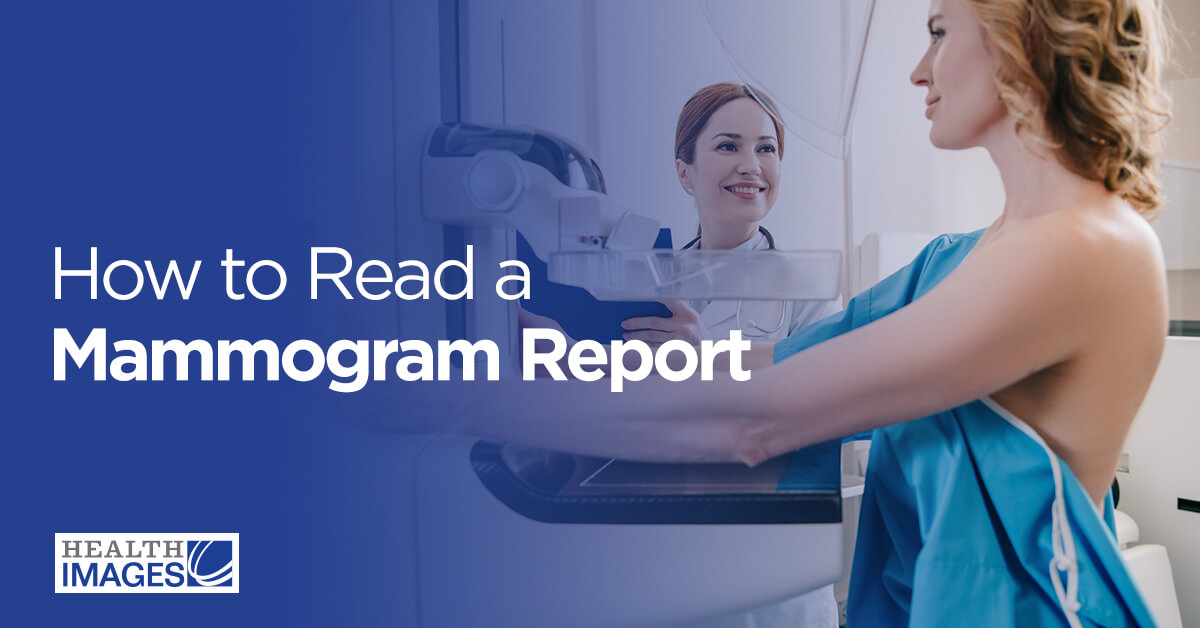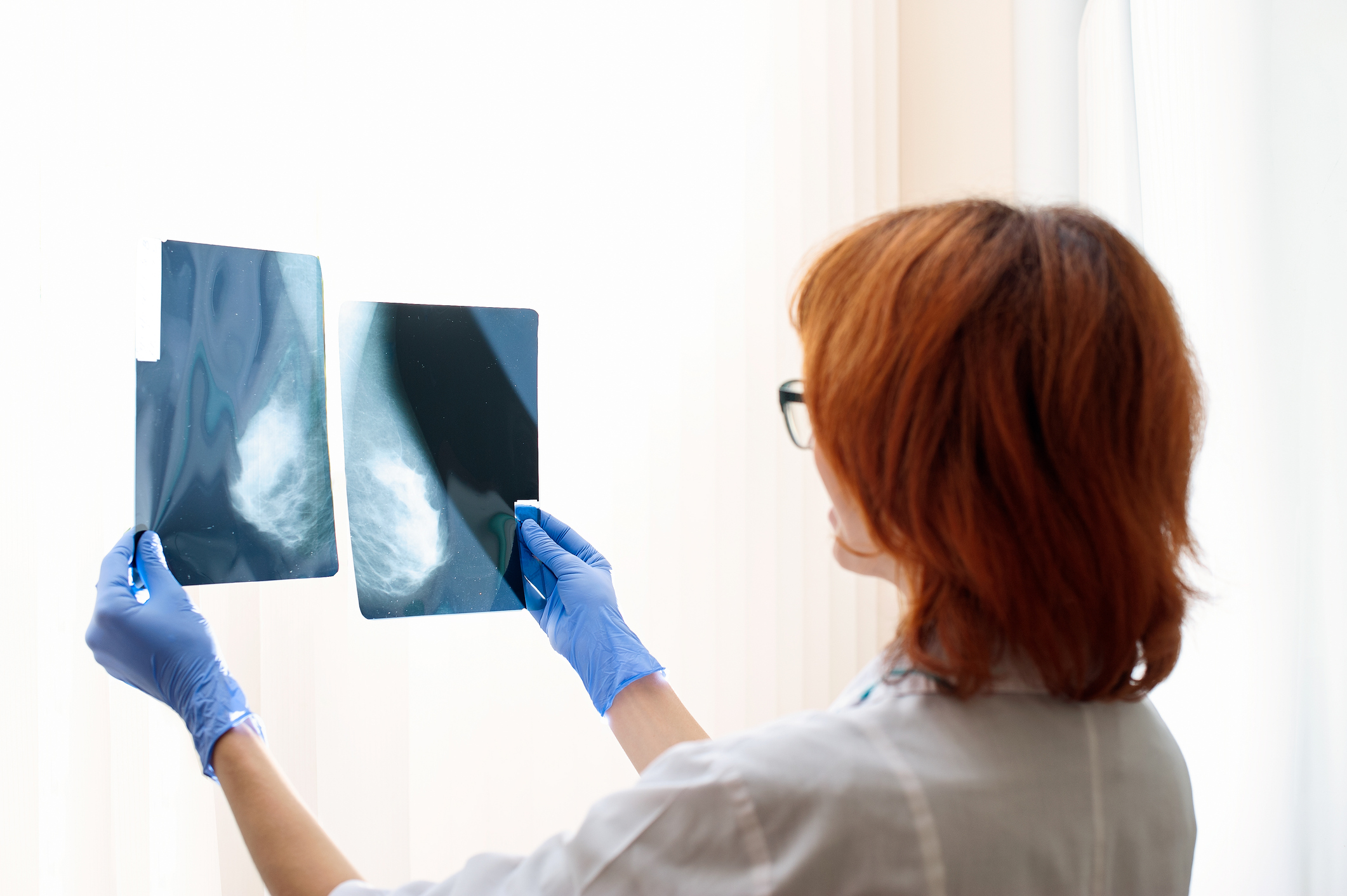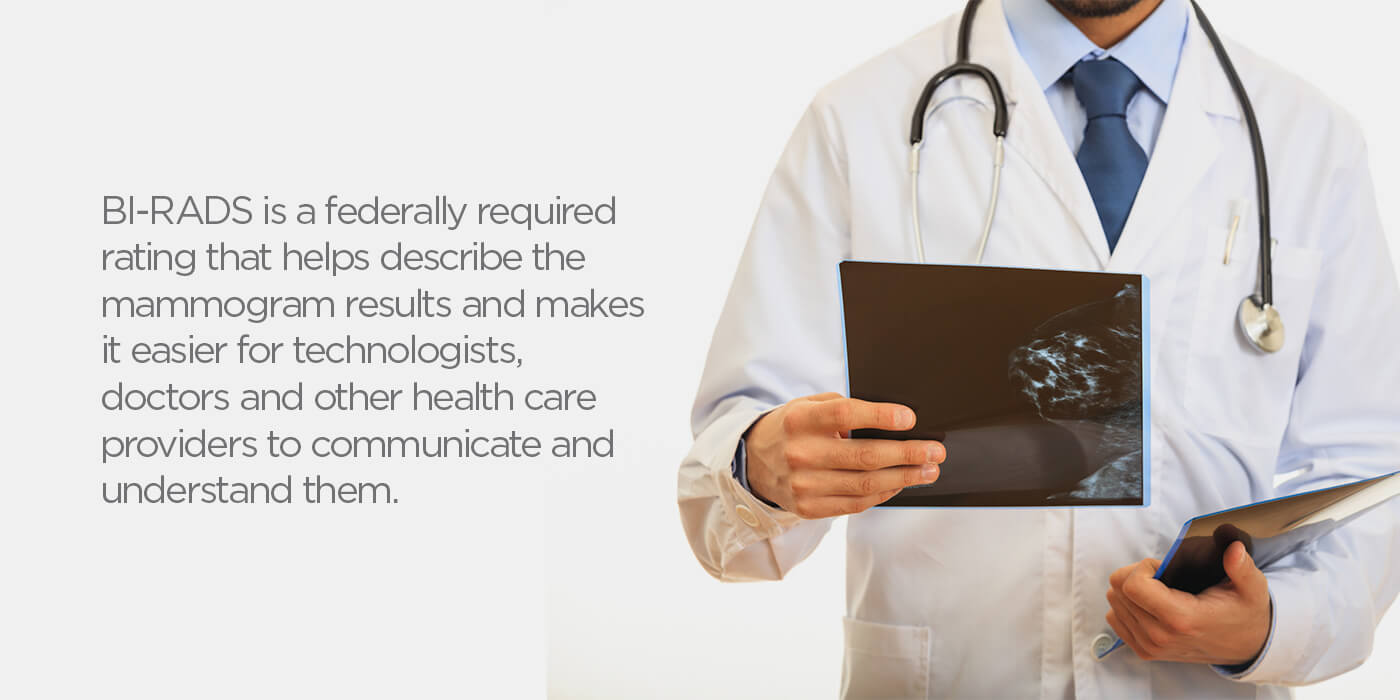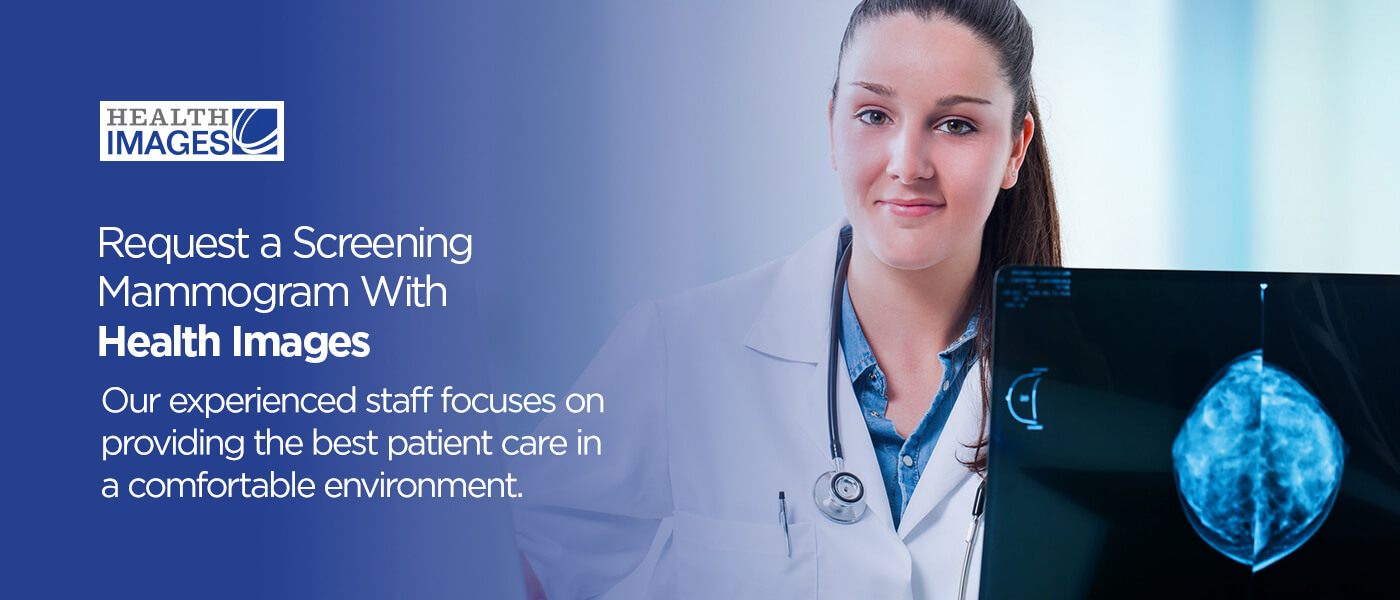How to Read a Mammogram Report

After your mammogram appointment, you likely won’t receive immediate results. You might wait several days up to a few weeks, depending on the imaging center you use. Once the mammogram findings are ready, you’ll receive a report. Your doctor will also get a copy and may want to go over it with you, depending on your results. If you’ve never seen a mammogram report before, it can be a little intimidating or confusing to try to understand the information it presents. Knowing the basics of how to read a mammography report can put you at ease.
Tips for Understanding and Reading Your Mammogram Results
Mammogram screening results may have lots of confusing words and numbers, and it can be easy to fear the worst if you don’t understand what you’re looking at. These tips can help you better understand.
- Arm yourself with knowledge: Knowing some of the essential terms on a mammography report and what to look for can help you understand your results. If you learn what doctors look for, it can help you make sense of your results.
- Understand the statistics: For some women, fear of the mammogram and the results can make it scarier. It may help to know that the risks of finding anything concerning are still very low. Even if you must return for further testing, that doesn’t mean the screening detected signs of cancer.
- Consult the experts: No matter what your results are, the best way to understand what they mean is to make an appointment with your doctor to discuss everything. Your doctor can provide you with additional information and explain everything in understandable terms. If you have questions, don’t be afraid to reach out to your health care provider.
What Is the BI-RADS Score?
The BI-RADS rating is a fundamental part of every mammogram result. This acronym stands for the Breast Imaging Reporting and Database System — a standardized reporting system for mammogram testing results. BI-RADS is a federally required rating that helps describe the mammogram results and makes it easier for technologists, doctors and other health care providers to communicate and understand them.
By itself, a mammogram generally does not diagnose breast cancer, but it is a vital diagnostic tool that can find any breast abnormalities that need further investigation. Not all irregularities detected in mammograms or BI-RADS reports are cancerous, but these tests and standardized reporting systems help categorize test results and identify all sorts of anomalies.
What Are the BI-RADS Score Assessment Categories?
The BI-RADS score on a mammogram result aims to be approachable. It enables care providers to communicate in the same terms and provide the next logical level of testing and health care as needed. The BI-RADS score is numerical, ranging from 0 to 6. Let’s take a closer look at what each of these different BI-RADS categories means.
- Category 0: A category 0 BI-RADS score generally implies an incomplete result. It might indicate the test results were challenging to read for various reasons, and that additional testing may be necessary. Your care provider may also want to compare any older test results, if available, to compare and look for changes.
- Category 1: A BI-RADS assessment category 1 result is essentially a “negative” result, which means the mammogram didn’t detect any abnormalities. It can also indicate your breasts are symmetrical with equal densities. While this result is highly desirable, you should continue to receive regular screenings in case anything changes in the future.
- Category 2: A category 2 result is also a “normal” result, with no cancer signs. However, this next step up may indicate a benign finding like cysts, lymph nodes in the breast tissues or calcifications. These findings are generally harmless, but are helpful to note as a comparison for future screenings. You can continue with regularly scheduled mammograms.
- Category 3: With a category 3 result, the findings indicate a “probably benign” result. The chances of cancer are still minor, at around 2%, and the findings are not likely to change over time. However, since the results are not 100%, you and your provider should note these and compare them at the next visit. Your doctor may ask you to return for a follow-up check in six months, instead of the standard two years.
- Category 4: A category 4 mammogram result indicates a suspicion of abnormalities or possibilities of cancerous findings. The chances of cancer are still only at 20 to 35%. However, the irregularities present are enough to warrant the next level of testing, generally a biopsy of the suspicious tissue. This mid-range category also comes with an additional rating of A, B or C, with A indicating the lowest suspicion of cancerous tissues, and C indicating a higher level of concern for the possibility of cancer.
- Category 5: At a BI-RADS category 5 score, a high suspicion of cancer is present. With this result, your doctor will likely take a biopsy of any questionable tissue, and you and your treatment team should take the appropriate steps to determine the next steps.
- Category 6: This highest BI-RADS category is for those who have already had a cancer diagnosis, with biopsies to confirm previous mammogram results. Doctors use category 6 results to compare previous screenings, assess how the cancer is responding to the current treatment plan and inform the next steps in recommended treatment.
Request a Screening Mammogram With Health Images
If it’s time for your mammogram, you want to schedule the best imaging services available. At Health Images, we understand your needs and concerns and offer compassionate care and top-quality technology and service. Our experienced staff focuses on providing the best patient care in a comfortable environment. Our flexible schedules, fast turnaround times and quality imaging services ensure you get an experience tailored to your needs. Find a location near you to request a screening mammogram today.





